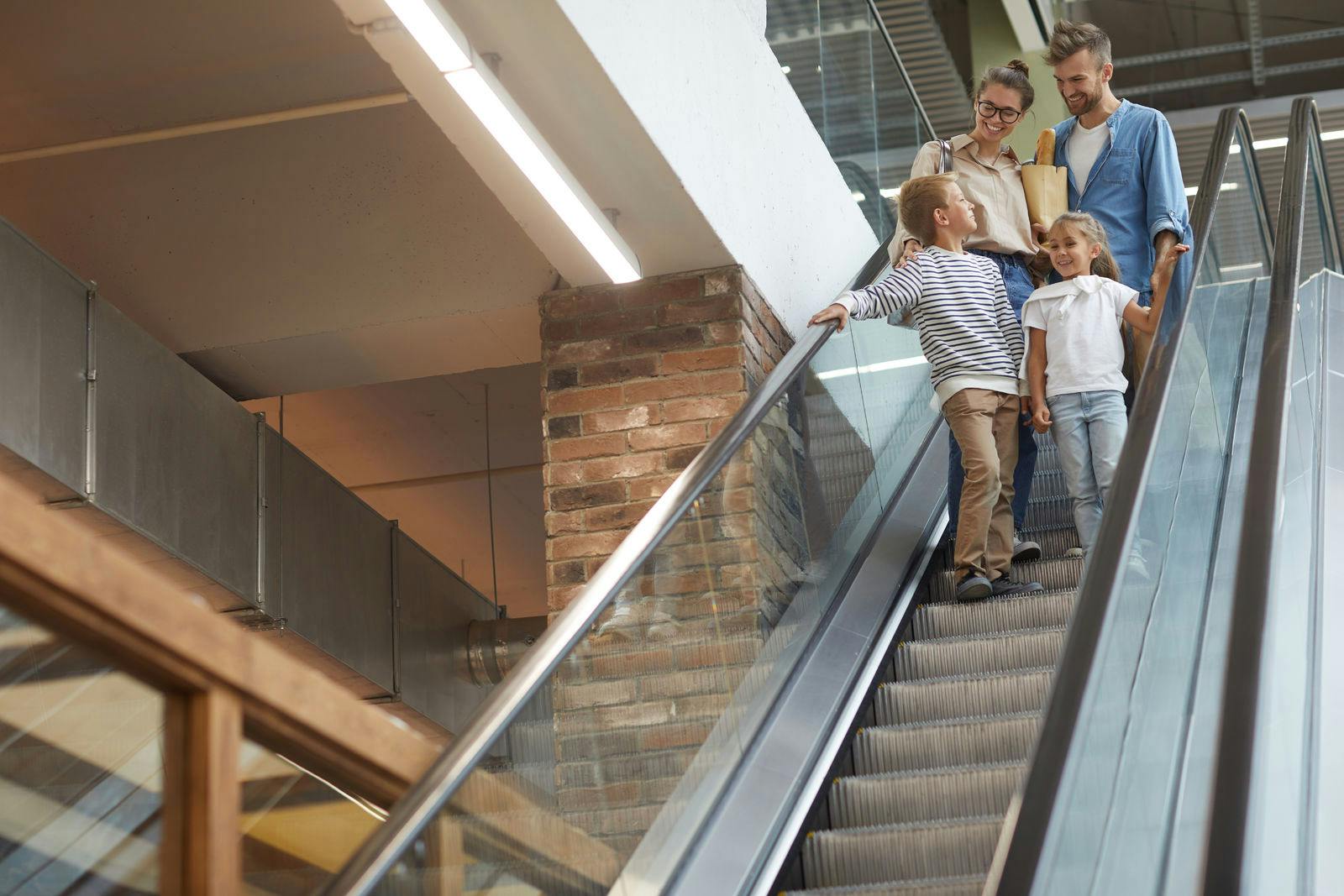We have identified a technical issue in Online Services that has caused some users to be unable to view their certificates. We’ve made an update that should fix this issue, and we encourage you to try logging in again. If the issue persists, please contact us.
We have identified a technical issue in Online Services that has caused some users to be unable to view their certificates. We’ve made an update that should fix this issue, and we encourage you to try logging in again. If the issue persists, please contact us.
Top 5 Safety Risks
Ranked Based on Technical Safety BC’s Risk Index
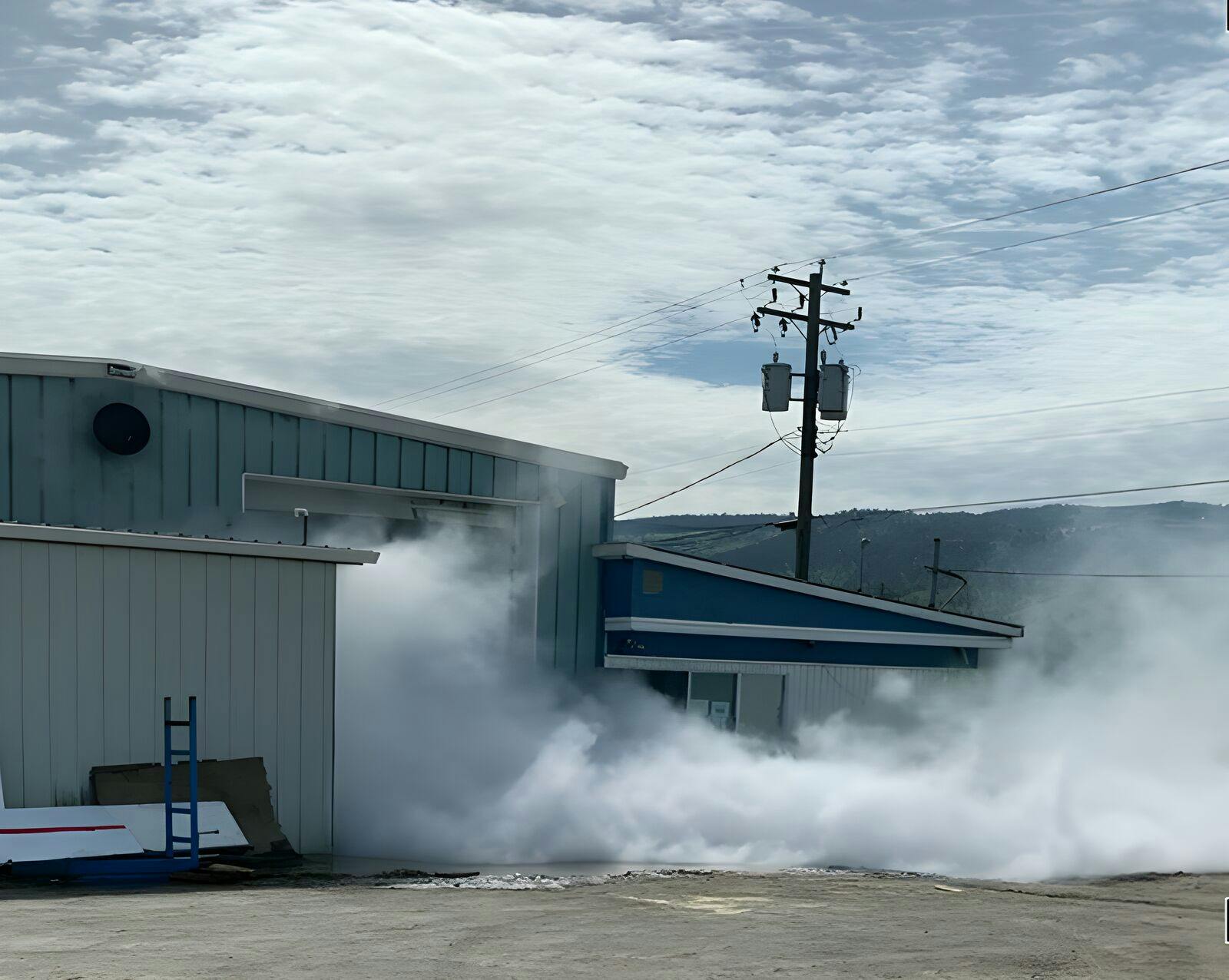
Our Findings
Using data gathered between 2018 – 2022, we have identified and ranked the top five safety risks facing British Columbians from regulated technologies under the Safety Standards Act.
This work helps us identify areas where risk treatment is needed and develop strategies on how to influence better outcomes, whether it’s through communications, education, enforcement, partnering with another organization, or encompassing all of the above. It also shows that a certain level of risk remains even with our regulation and oversight, a reminder that we must all work together to mitigate these risks and keep safety top of mind.
The rankings are based on Technical Safety BC’s risk index, which considers the likelihood of an incident taking place, as well as the severity of consequences such as injury or damage following an incident occurrence.
Going forward, we will prioritize these focus areas and continue to explore drivers of these risks to design more effective risk treatment strategies.
Ammonia Release
Ammonia is often found as the refrigerant used in ice rinks or food processing plants. Accidental release of this gas can lead to injuries or fatalities, depending on the amount released and its concentration on exposure.
One fatality and four severe injuries within 76 incidents have been documented between 2018 and 2022.
Learn more about ammonia release incidents, their learnings, and our recommendations through the Kamloops Ammonia Release report. See what we are doing to improve ammonia awareness.

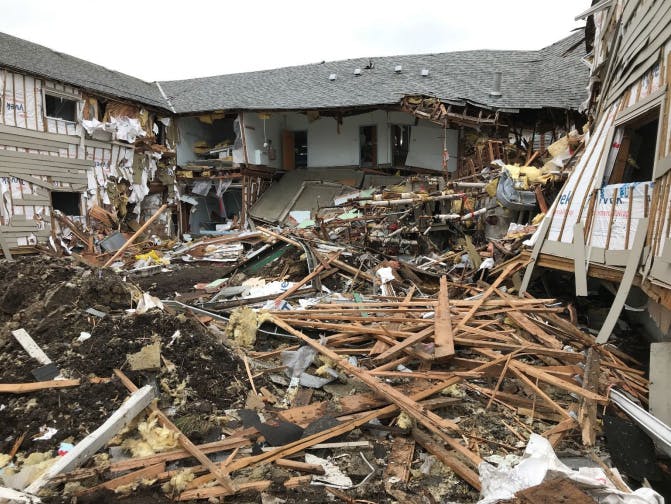
Gas Line Hits
Unsafe digging and the lack of awareness of the dangers of puncturing gas lines have been linked to uncontrolled gas leaks. Unintended gas line hits, often caused by an excavator or other digging equipment, have resulted in explosions leading to injuries, fatalities, and property or equipment damage.
Fifty-five incidents with varying degrees of severity have been reported between 2018 and 2022.
Contact BC 1Call before you dig as a first step to prevent an incident. When gas lines are identified or exposed, extreme caution must be taken when working around them — an exposed gas line is a vulnerable gas line — and nearly half of all gas line hits in BC occur despite workers knowing where the line is located.
Learn more about gas line incidents and gas line safety awareness.
Electric Shock
Working with energized equipment and components can be hazardous and requires a skilled and qualified individual to ensure safe practices are being followed. Electric shock incidents have resulted in a range of injuries, from small burns to severe injuries and fatalities. Many incidents are tied to work performed by qualified individuals.
There is a very high frequency of injury on the 22 documented incidents of electric shock.
Before starting electrical work, British Columbians can find a licensed contractor and learn more about electrical safety at home, including tips to prevent electrical hazards.
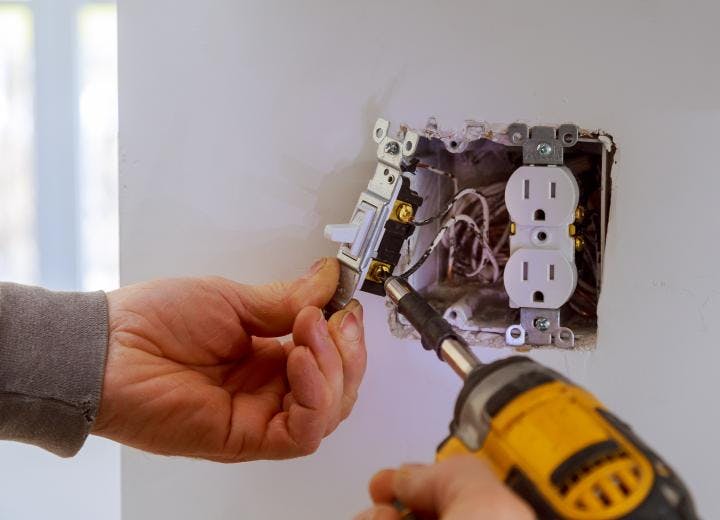
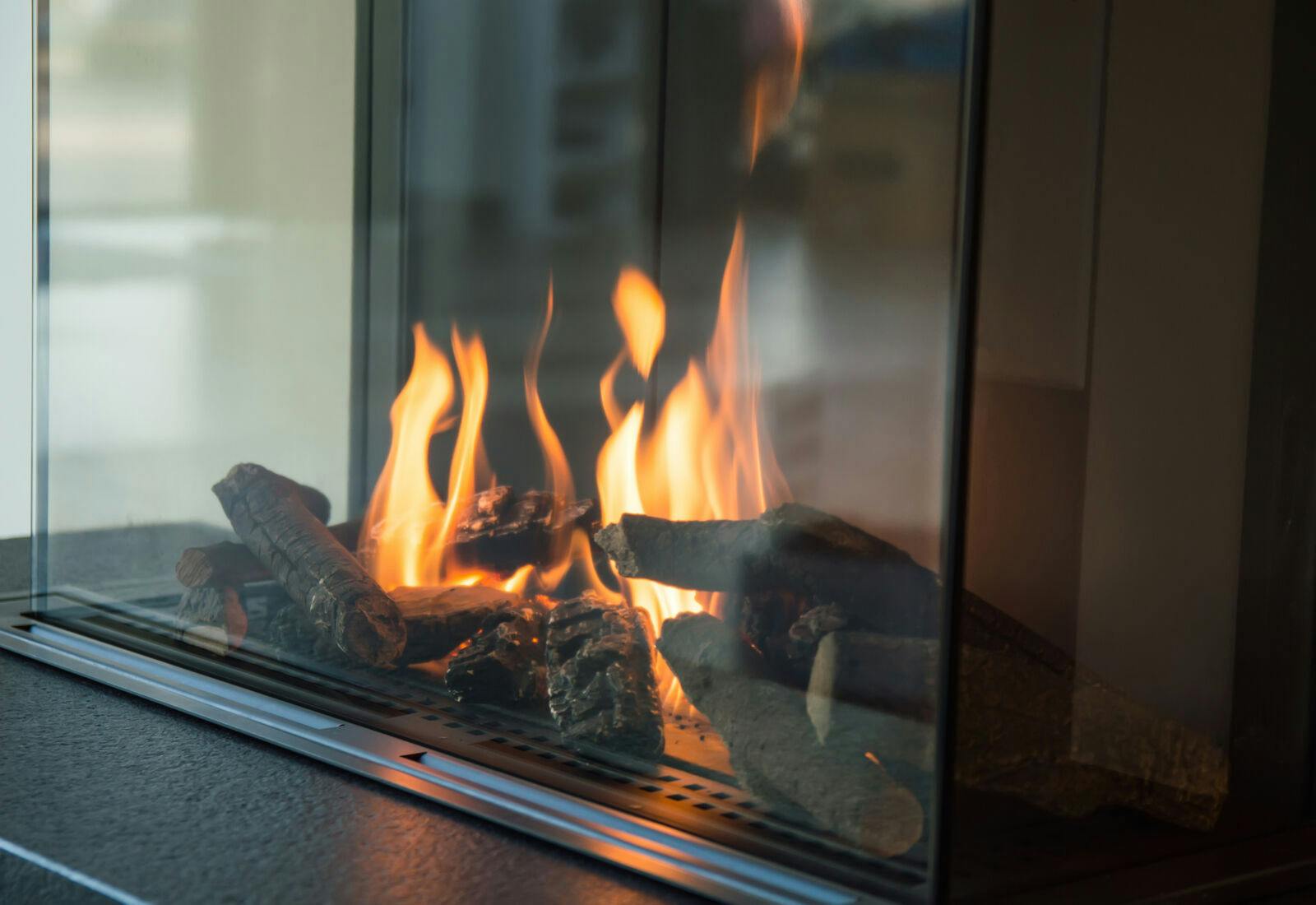
Carbon Monoxide Exposure
Carbon monoxide (CO) is produced by burning fuels like propane, natural gas, oil, charcoal, or wood. It is odourless and tasteless, putting people at risk as many aren’t aware of the danger they are in without a CO detector. Power generators, heaters, stoves, and other gas-related appliances can also produce CO.
Forty-two carbon monoxide exposure events between 2018-2022 have resulted in four fatalities and 15 injuries ranked “moderate” and “major."
Learn about CO, including symptoms of CO poisoning, safety tips and more through our CO Safety page.
Trips and Falls on Escalators
While trip and fall injuries on escalators are usually minor, they do occur frequently and can have serious consequences. Many injuries sustained while riding escalators are attributed to user behaviour.
Running or walking on a moving escalator is not advised, and 51 incidents between 2018-2022 have been reported where a rider has tripped or fallen.
Find escalator safety tips for kids (which are also relevant for adults), safety tips and more through our Elevator and Escalator Safety page.
